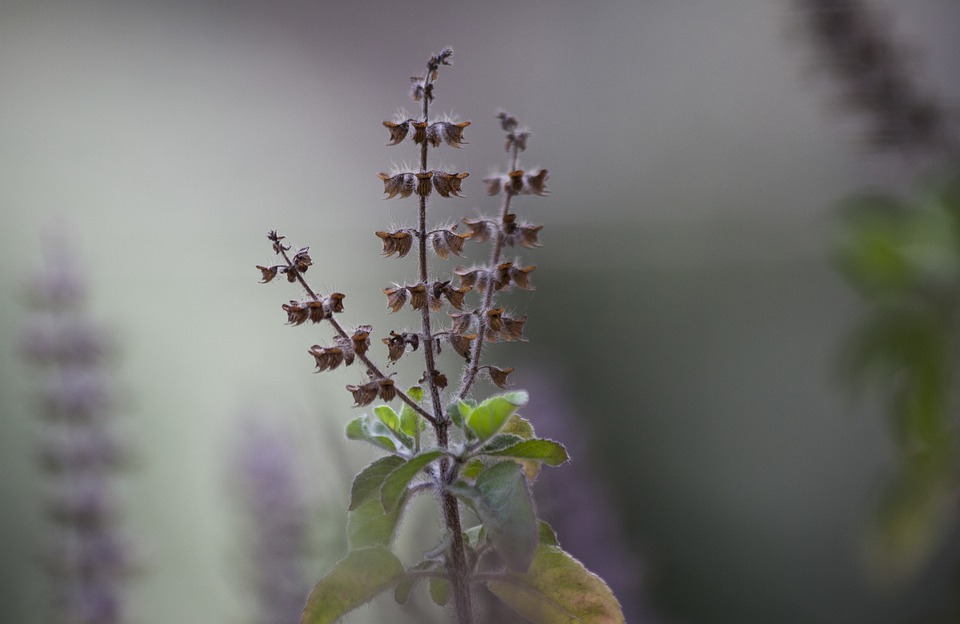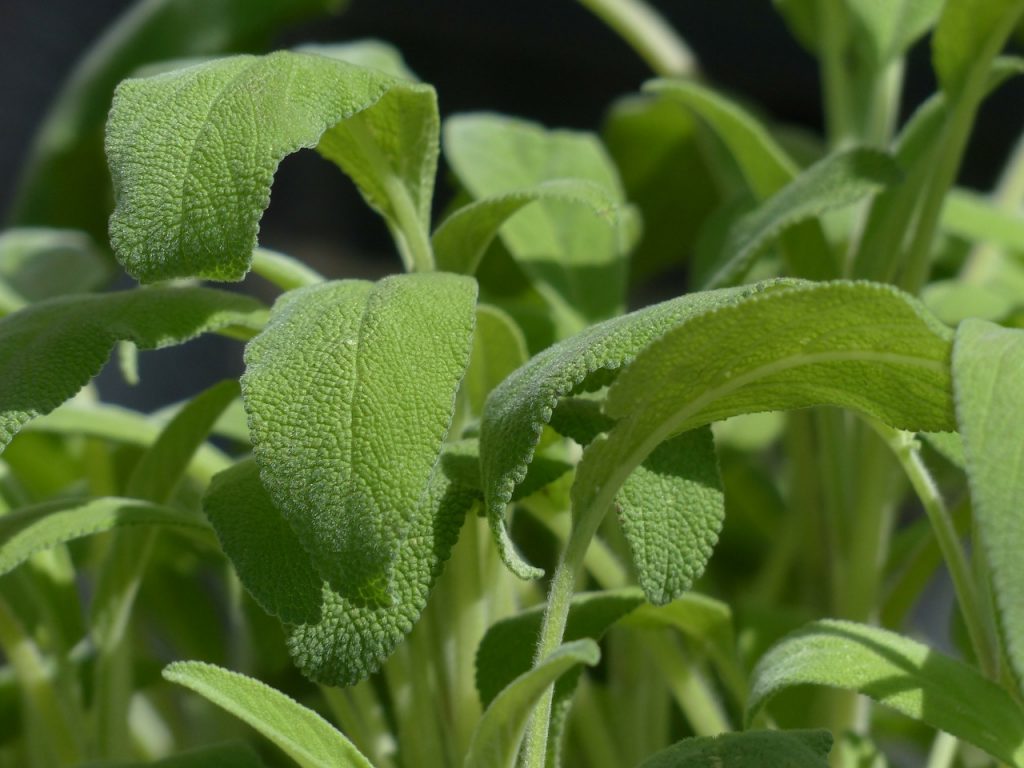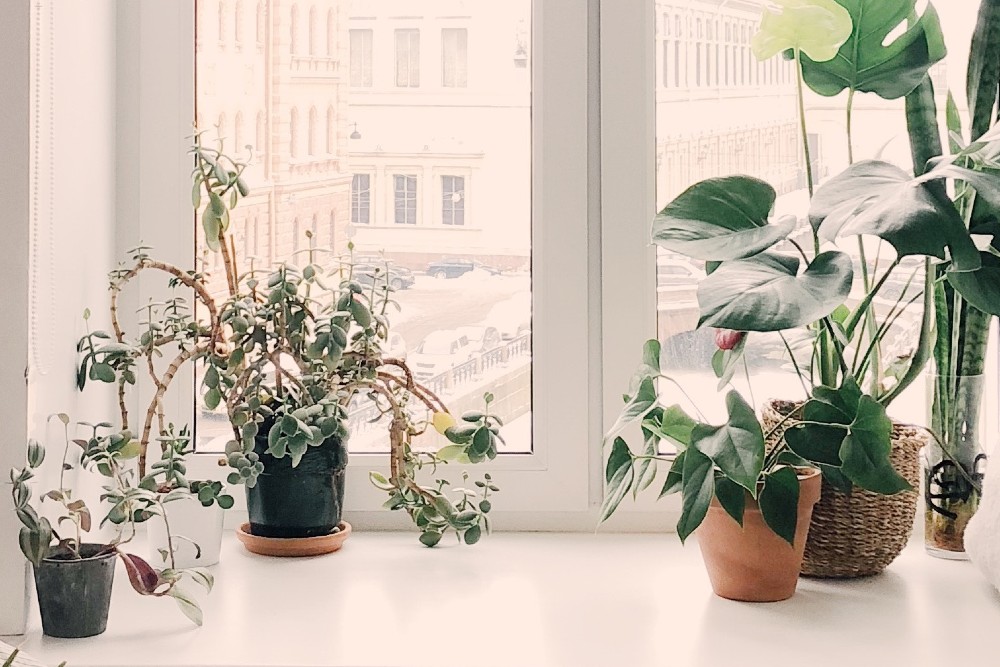Tired of looking at pesky mosquitoes, gnats, flies, and other annoying bugs in your house? To keep them away, using pesticides is a sure way. However, they are harmful to you as well. But, there are ways to keep the pests away and not cause any harm to yourself. This can be achieved by using some household plants as insect repellents.
Wondering how does this work? Well, most of the plants have their natural fragrance that helps in keeping the bugs and insects at distance. Additionally, planting them in your kitchen garden gives a beautiful fragrance. Some of the popular plants that can act as insect repellents are as follows:
1. Lavender
Best season to grow: Spring and summer

Lavender is a plant that most of you have heard of, especially as a flower, for its colour and tea, or for the essential oils you can extract. But, the gorgeous plant, scientifically named Lavandula, can also be used as an insect repellent. Its fragrance is loved by people, on the contrary, moths, flies, mosquitos, and pests hate it.
Also, you can extract the oil of the plant at home by simply crushing it and using it to spray off the bugs. Easily available in the local markets and nurseries in Nepal, you can grow the aromatic plant in your backyard potted under a bright sunny location.
2. Basil
Best season to grow: Summer

Another regularly used plant is basil, commonly known as tulasi in Nepal. Scientifically termed Ocimum basilicum, basil leaves chase away flies, carrot flies, asparagus beetles, and also whiteflies. The strong and bitter smell of the basil leaves pushes away the bugs. Besides, you can also crush them or burn its leaves to repel unwanted bugs.
You can keep basil plants moist with six to eight hours of sunlight in well-drained pots. Plant them in your garden and concurrently, enjoy the basil leaf in your drinks, food and many other ways, and feel free to experiment it in your routine.
3. Rosemary
Best season to grow: All seasons

Rosemary is a classic ingredient for a variety of food items. It has also been accepted as a formula to push away the cabbage loopers, carrot flies, mosquitoes, slugs, snails, and bean beetles. Scientifically named Salvia rosmarinus, rosemary’s woody scent is what repels bugs and insects. You can also use its cuttings as repellents. Or, you can make a repellent spray by boiling one quart of dried rosemary leaves for approximately 30 minutes and using the liquid as a natural pest.
Commonly found in Nepal, you can plant it in your house with at least six hours of sunlight. The herb can also thrive in containers during winters.
4. Mint
Best season to grow: All seasons

This aromatic herb keeps spiders, mosquitoes, moths, fleas, flies and ants at bay with its smell alone. Also, you can create your DIY spray by just taking out the oil from the mint leaf, adding apple cider vinegar and cheap vodka to repel the bugs. It further helps you control the pest’s population.
Scientifically known as Mentha and popularly known as pudina in Nepal, you can grow the plant in partial shade to full sun. Mint can be grown at any period in a year, and are fast-growing runners.
5. Lemongrass
Best season to grow: Summer

Widely famous around the globe, the next plant on the list is lemongrass. The herb and its stalks are used in Asian cuisines and are immensely loved by the people. It is widely known for its ultra-effective repelling nature for insects and bugs too. Easily available in Nepal, lemongrass chases away mosquitoes, aphids, and flies. Also, it works great with bed bugs.
Likewise, the oil made from the plant, called citronella, also can be used as a natural pest-repelling oil. Scientifically called Cymbopogon and known as pirhe ghaans in Nepal, it enjoys and thrives in a sunny and well-drained area or pot.
6. Sage
Best season to grow: Spring and fall

Sage is a well-known herb and called dhoop in Nepal. It is popular for its repelling property against snails, cabbage moths, beetles, black flea beetles, and carrot flies. The pungent smell of sage leaves helps to keep the bugs away and planting it around your backyard is a great way to drive away uninvited insects.
Apart from its fragrance, you can simply rub freshly crushed sage leaves or burn them with some of the twigs to fend off the bugs. Scientifically named Salvia officinalis, it loves well-drained soil and warm weather to grow.
7. Bay leaf
Best season to grow: Early spring

Next is the bay leaf which is a popular herb in Nepal used in various dishes as a seasoning. But, many people are unaware of the perks of the plants as an insect repellent. Scientifically named Laurus nobilis and popular in Nepal as tejpatta, it forces off bugs like fleas, mosquitoes, wasps, flies, moths, and ants thanks to its piquant fragrance and bitter taste.
Besides that, you can also use bay leaves to get rid of bugs in containers of flour, rice, and other dry goods, or cupboards, and any place where you can see pests. The commonly found plant blooms best in the Mediterranean area in most of the soil types. You can either grow it up as a tree or limit it to a container.
8. Chives
Best season to grow: Spring

This widely admired plant in Nepal is commonly known as jimbu and scientifically as Allium schoenoprasum. It is used as a seasoning in various food items. Besides, its properties are also used in the medical field and is recognised as an insect repellent.
You can grow chives in your backyard and enjoy your gardening bugs-free. The minty fragrance of the flower drives away the household pests like ants, aphids and Japanese beetles. They flourish well in full sun and rich moist soil.
9. Catnip
Best season to grow: Spring

Catnip or Nepeta cataria is deeply admired by cats. It is also used for medication and making teas. Catnip is also considered a natural insect repellent; it helps you chase away stubborn bugs like ants, flea beetles, aphids, Japanese beetles, squash bugs, and cabbage loopers. A type of essential oil present in catnip, nepetalactone, repels the uninvited bugs. In fact, catnips are 10 times more effective than DEET (N-diethyl-meta-toluamide), an active ingredient in repellent products.
You can also create a catnip essential oil at home by distilling its stem and using it as a spray to keep away the bugs by just crushing the catnip leaves and extracting the oil off it. It blooms well if nourished in full sun and rich or sandy soil with the proper drainage.
10. Dill
Best season to grow: Autumn and winter

Last but not least is dill or Anethum graveolens. It is commonly known in Nepal as savaa. The herb is used as a seasoning in cooking; people also love to have it in salads, dips and especially soups. Apart from its charm in cooking, it also does wonders when used as an insect repellent. It is best used to push away bugs like cabbage loopers, spider mites, squash bugs, mosquitoes, and aphids.
The bugs despise the minty fragrance of the long thin leaf and they maintain their distance. Similar to rosemary, the plant loves rich soil in a well-drained environment, under partial or full sunlight.



















